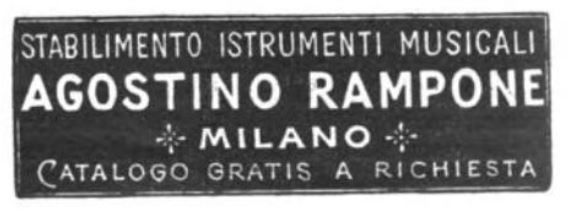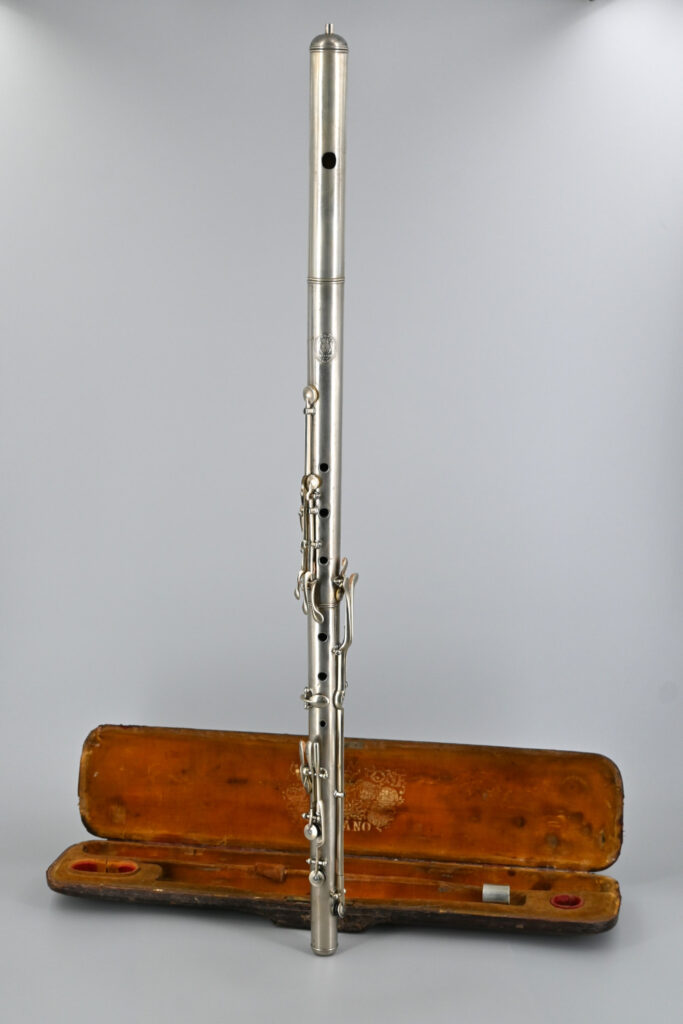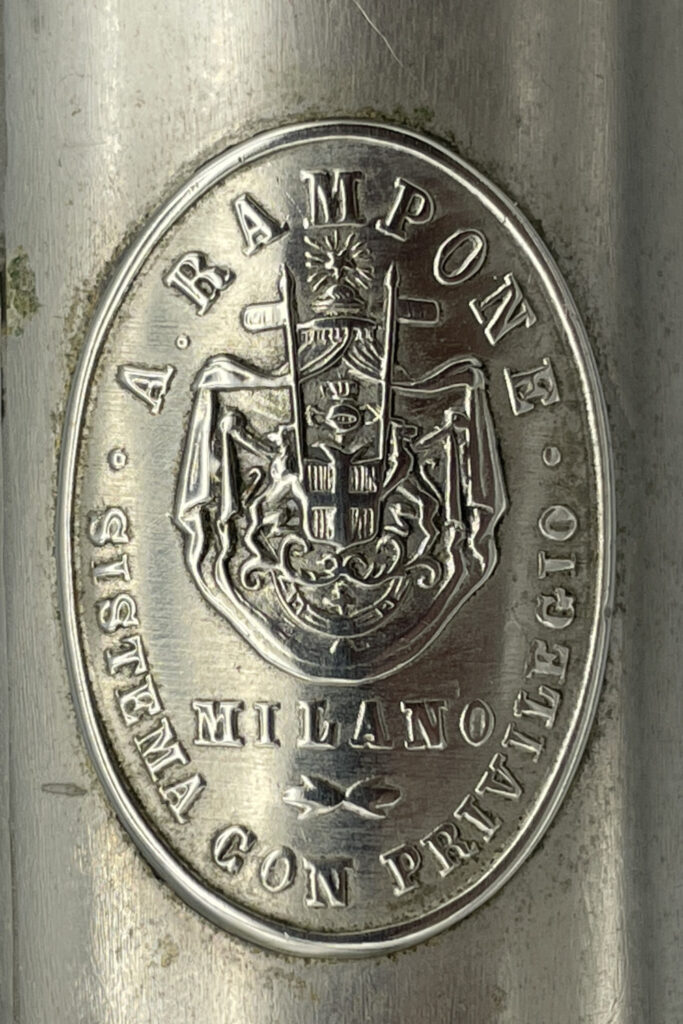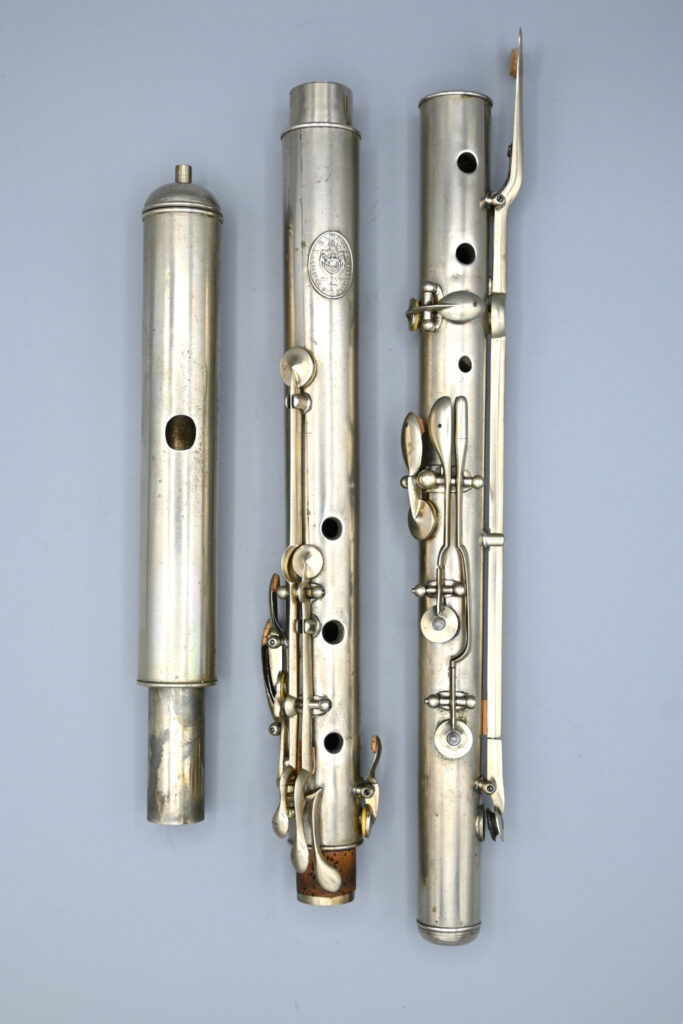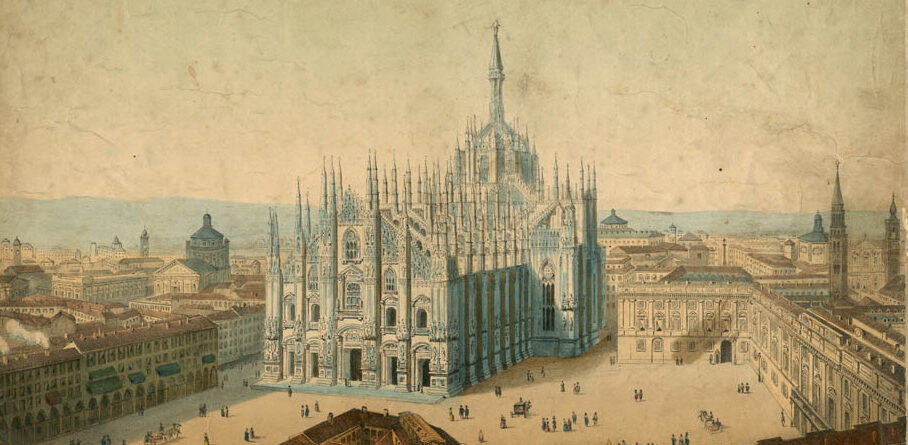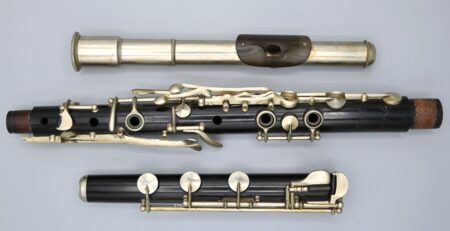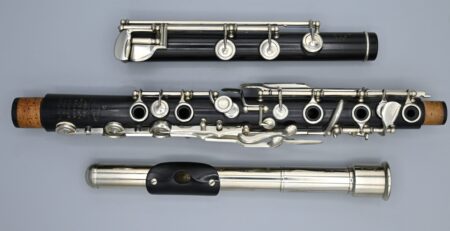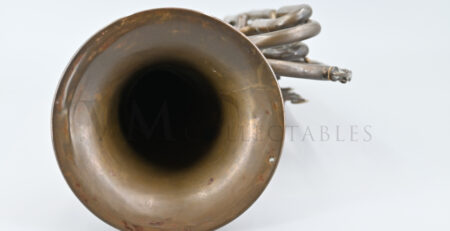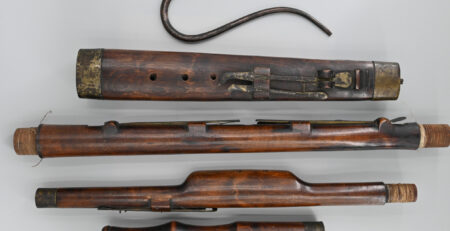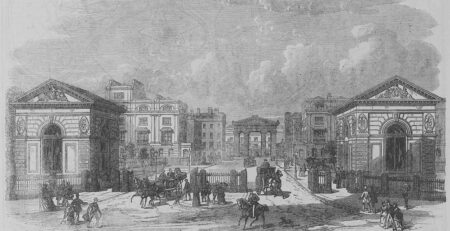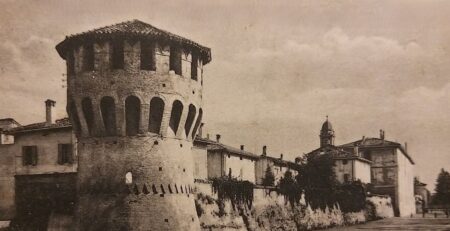Agostino RAMPONE and his metal, double-wall woodwind instruments
Quarna Sotto beginnings
Quarna Sotto is a tiny village hidden way in the forested hills above Lago d’Orta in the Italian Piedmont region. It is where the story of the Rampone family began and still continues today.
Long before Agostino Rampone was born, in the early 1800s, Francesco Bonaventura RAMPONE and his nephew Primo Egidio FORNI had left that same village to learn the flute-making trade in Milan. They apprenticed at Ubaldo LUVONI’s (1798-1847?) workshop where flutes, bassoons, clarinets, flageolets and other woodwind instruments were made with high-quality craftsmanship. The three would go on to become partners until Luvoni left the business due to ill-health or age. Primo Egidio Forni eventually took over the whole business on his own.
Birth of the maestro
Agostino RAMPONE was born in 1843 and had quite modest roots… his father was a painter of flats. In 1855, at the age of just 12 years old, Agostino Rampone went to work for his maternal uncle… Primo Egidio Forni in Milan. He was an extremely active young man, learning and observing everything he could. Agostino also became an accomplished flutist at the l’Opera di La Scala in Milan. So, when his uncle Primo Egidio Forni died in 1866, Agostino was poised to take over the whole business since Primo Egidio Forni’s own two sons, Giuseppe and Alessandro were too young, and later were not interested in continuing the business. The brand E. Forni was kept until at least 1872.
Agostino Rampone was able to combine his excellence in flute playing and technical training to be a real innovative instrument maker. He extended production to the main types of wind instruments, with a main focus on flutes. He exported worldwide, but noticed that when they arrived, the wooden instruments were in bad condition, and often in such a bad state that they were ruined and unusable. What could be done?
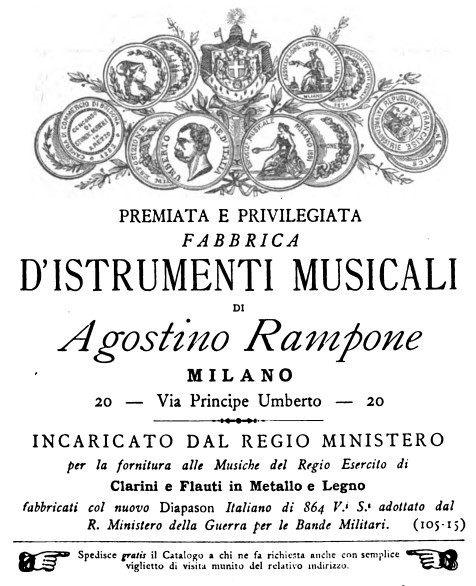
Double-wall experiments
In Italy around 1876, Agostino Rampone and Paolo MAINO had started experimenting with prototypes of the first metal double-wall wind instruments. There was an external tube to which the keys were applied that reproduced the proportions and appearance of the wooden instrument. A second internal tube ensured the correct dimensions of the chamber. Then a small cylinder was added to each hole to connect the two tubes, creating an airtight chamber.
Rampone was a skilful entrepreneur and quicker to act than Maino – in 1879, he decided to submit a five-year patent for this innovation of ‘Flutes and clarinets of all-metal construction’ [Flauti e clarini di costruzione intieramente metallica]. Maino passed away a few years later in 1881… probably a very frustrated man!
Rampone would go on to use the same system for oboes and bassoons too. Yet only the double-wall flutes and clarinets were commercially successful. On arrival overseas, the new double-wall instruments had no cracks or faults such as swelling.

These double-wall instruments became fashionable for use outside, especially for civil and military bands, as well as for regular, professional use. Unlike wooden instruments, metal instruments do not crack in extreme weather and as they were hollow, they were light. Rampone’s double-wall flutes and clarinets were even adopted by the Italian military. When the patent ran out, other makers started to produce double-wall instruments and they were manufactured right until the middle of the 20th century.
The Agostino Rampone factory made the whole range of woodwind instruments, employing not only nickel silver, but solid silver, gold and even ivory. Buyers could choose from a large range of instruments, materials and accessories and make their own customisations.
Succession
Agostino Rampone died in 1897 at the age of 54. At that time, the company employed over 80 workers, with one factory in Milan and another in Quarna. His widow, Maria Mitta and daughter Virginia gave up their parts of the company in favour of the Agostino’s two sons, Egidio (1872-1937) and Alfredo (1873-1938).
The name Rampone Cazzani
So where did the name of the company Rampone Cazzani that still exists today originate?
In 1901, the two brothers joined forces with the watchmaker and brass instrument manufacturer Battista CAZZANI (1846-1920). In 1906, Alfredo left the two and set up a business selling musical instruments mainly from the Rampone range. Egidio continued on with more additions to the range of instruments produced – over 1,000 different models in around 1910. He too was a shrewd businessman and innovator. In 1920, Battista Cazzani died – four years earlier in 1916 Egidio had married Battista’s daughter Giuseppina Cazzani… Today, the company, under the ownership of the Zolla family, produces top-quality professional saxophones. Take a look at the website for some photos of Agostino Rampone and his factory.
It seems that it is not possible to date an instrument made by Agostino Rampone or his son Egidio using a serial number. Unfortunately, all the documents were burnt and all the data were lost when the new management took over the firm.
